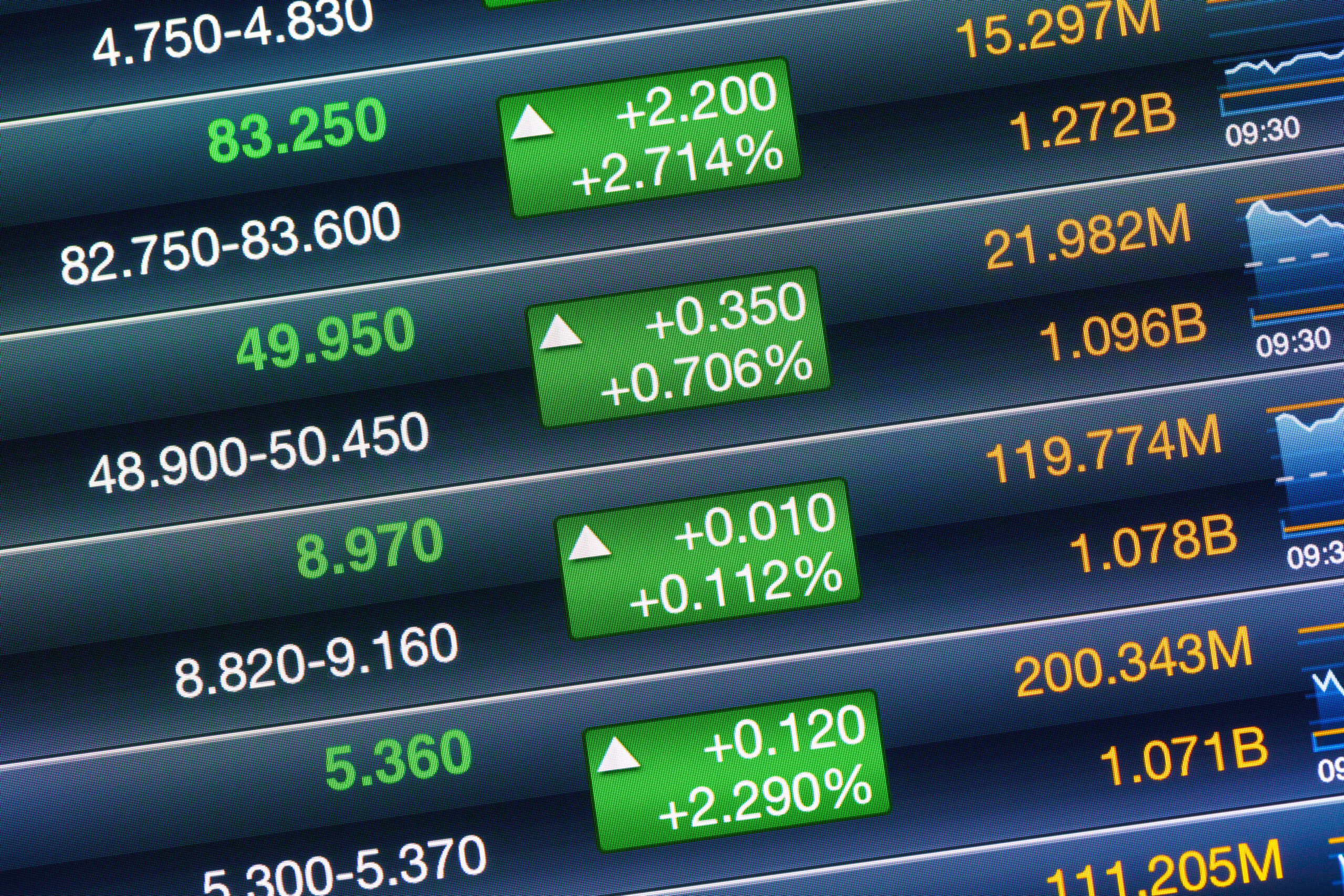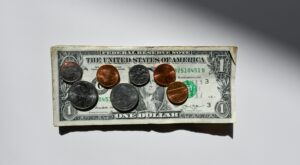China’s National Bureau of Statistics announced on Monday that the country’s GDP for the second quarter grew by 4.7% year-on-year, falling short of the 5.1% growth forecasted by a Reuters poll. June retail sales also underperformed, increasing by only 2% compared to the predicted 3.3%.
Oxford Economics Lead Economist Louise Loo noted that discretionary retail spending experienced its steepest decline since the April 2022 Shanghai lockdowns. The firm now estimates China’s GDP growth for 2024 at 4.8%, an increase from the 4.4% projection made in December 2023.
On a positive note, industrial production growth in June exceeded expectations, rising 5.3% year-on-year against a projected 5%. High-tech manufacturing saw a significant 8.8% increase in value added. Urban fixed asset investment for the first half of the year grew by 3.9%, aligning with expectations, though investment in infrastructure and manufacturing slowed in June compared to May. Real estate investment continued to decline at a consistent rate of 10.1%.
The Bureau highlighted the need for increased efforts to invigorate the market and stimulate internal momentum to ensure sustained economic growth. The urban unemployment rate remained unchanged at 5% in June, while the youth unemployment rate stood at 14.2% in May.
For the first half of the year, average per capita disposable income for city residents was 27,561 yuan ($3,801), showing a nominal growth of 4.6% from the previous year. Rural disposable income grew faster at 6.8%, but at 11,272 yuan, it remained less than half of urban residents’ income.
Despite missing some economic targets, China’s exports performed better than expected, rising by 8.6% year-on-year in June, while imports decreased by 2.3%, missing expectations. Retail sales for the first six months grew by 3.7%, with online sales of physical goods rising by 8.8% and services sector sales increasing by 7.5%.
However, June saw a notable decline in cosmetics sales, which plunged by 14.6%, making it the worst-performing category. In contrast, catering sales grew by 5.4% year-on-year in June, contributing to a 7.9% growth for the first half of the year.
China’s consumer prices rose by 0.2% in June year-on-year, missing expectations, while core CPI increased by 0.6%, slightly lower than the 0.7% rise in the first six months. Credit demand remained weak, with new yuan loans and broad money supply growth sharply declining in the first half of the year compared to 2023.
Goldman Sachs analysts indicated that recent policy communications suggest the People’s Bank of China is focusing on improving monetary policy transmission rather than aggregate credit growth. They predict a gradual slowdown in the growth of new yuan loans and M2.









